When the Apple Watch Ultra first hit the scene, it was hailed as a top-tier wearable designed for adventurers, athletes, and anyone needing a rugged smartwatch with long-lasting battery life. Fast forward to the Apple Watch Ultra 2, and things aren’t quite as groundbreaking. With other alternatives on the market, including Apple’s own Series 10 and Samsung’s Galaxy Watch Ultra, the Ultra 2 may no longer be the standout it once was. But does it still hold up as a worthwhile investment? Let’s break it down.
A Pricey, Yet Familiar Offering
Starting at $799, the Apple Watch Ultra 2 is the most expensive wearable in Apple’s lineup, but does it offer enough to justify that price in 2024? While you do get a durable titanium build, cellular connectivity, and Apple’s signature polish, you can’t help but notice that alternatives like Samsung’s Galaxy Watch Ultra provide a similar experience at a starting price of $650—and with a striking range of colors, including a bold white version. For $799, you get the standard fabric band, but upgrading to a sleeker titanium Milanese loop adds another $100 to the total price.
While there isn’t a new Apple Watch Ultra 3 this year, Apple did add a black color option to the Ultra 2, which matches the new Series 10. But is a new color and a familiar design enough to stay competitive? Especially when the Series 10 offers similar specs in a slimmer, lighter package for half the price?
What Still Stands Out
There are still a few reasons to consider the Apple Watch Ultra 2 if you’re after a premium experience. Let’s start with that 3,000-nit display—one of the brightest screens you can find on a smartwatch. The Ultra 2 shines even in the harshest sunlight, making it ideal for outdoor activities. However, Samsung’s Galaxy Watch Ultra matches this brightness, chipping away at one of Apple’s key advantages.
Another reason to look at the Ultra 2 is its battery life. The 564mAh battery delivers between two and three days of use, outperforming most other high-end smartwatches, including those from Samsung and Google. But if you’re looking for a device that lasts even longer, the OnePlus Watch 2 offers superior longevity—albeit without the premium Apple experience.
Durability is another strong suit for the Ultra 2. Its sapphire crystal front and MIL-STD 810H certification ensure that this watch can take a beating. The titanium casing around the display may show some scuffs over time, but the screen remains incredibly resilient to scratches and knocks. If you’re into extreme sports or just lead a tough, active lifestyle, this watch will withstand almost anything.
The Downsides: Bigger Isn’t Always Better
While the Ultra 2 excels in rugged durability, the very features that make it so tough also make it, well, big and bulky. At 49mm, it’s not a watch for those with smaller wrists or anyone who prefers a more discreet device. Plus, despite being marketed as the most premium option, the Ultra 2 no longer holds the title of having the largest Apple Watch display—an honor that now goes to the Series 10.
In short, the Ultra 2 may have once been the pinnacle of smartwatch technology, but with Apple’s own Series 10 and Samsung’s Galaxy Watch Ultra delivering similar features in lighter, cheaper, and sometimes more appealing packages, it’s not quite as “Ultra” as it once was.
Is It Still Worth It?
If you’re an adventure-seeker, a workout enthusiast, or someone who values having a long-lasting battery in your wearable, the Apple Watch Ultra 2 is still a solid contender. The Action Button is a great addition for starting workouts or laps with ease, and the durability is top-tier. But for most people, the Apple Watch Series 10—or even Samsung’s Galaxy Watch Ultra—offers nearly everything the Ultra 2 does, at a fraction of the price and size.
In 2024, bigger doesn’t always mean better, and Apple’s premium wearable may no longer be the standout it was when it first launched.










![Apple Watch SE (2nd Gen) [GPS 40mm] Smartwatch with Starlight Aluminum Case with Starlight Sport Band S/M. Fitness & Sleep Tracker, Crash Detection, Heart Rate Monitor](https://www.tech-bit.com/wp-content/uploads/2024/06/applewatchse2ndgengps40mmsmartwatchwithstarlightaluminumcase-360x180.jpg)




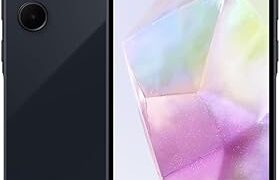






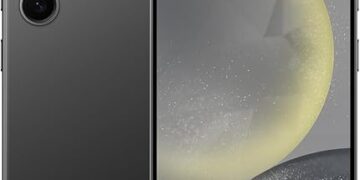




![Apple Watch Series 9 [GPS 45mm] Smartwatch with Midnight Aluminum Case with Midnight Sport Band S/M. Fitness Tracker, ECG Apps, Always-On Retina Display, Water Resistant](https://www.tech-bit.com/wp-content/uploads/2024/06/applewatchseries9gps45mmsmartwatchwithmidnightaluminumcasewith-360x180.jpg)

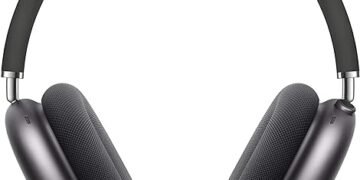

![Apple Watch Ultra 2 [GPS + Cellular 49mm] Smartwatch, Sport Watch with Rugged Black Titanium Case with Black Ocean Band. Fitness Tracker, Precision GPS, Action Button, Extra-Long Battery Life](https://www.tech-bit.com/wp-content/uploads/2024/10/applewatchultra2gpscellular49mmsmartwatchsportwatchwithrugged-360x180.jpg)

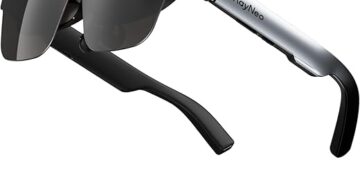




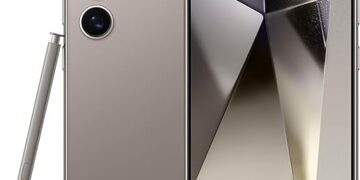

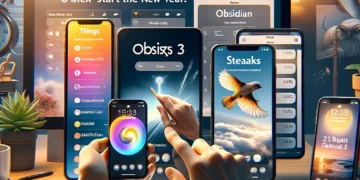








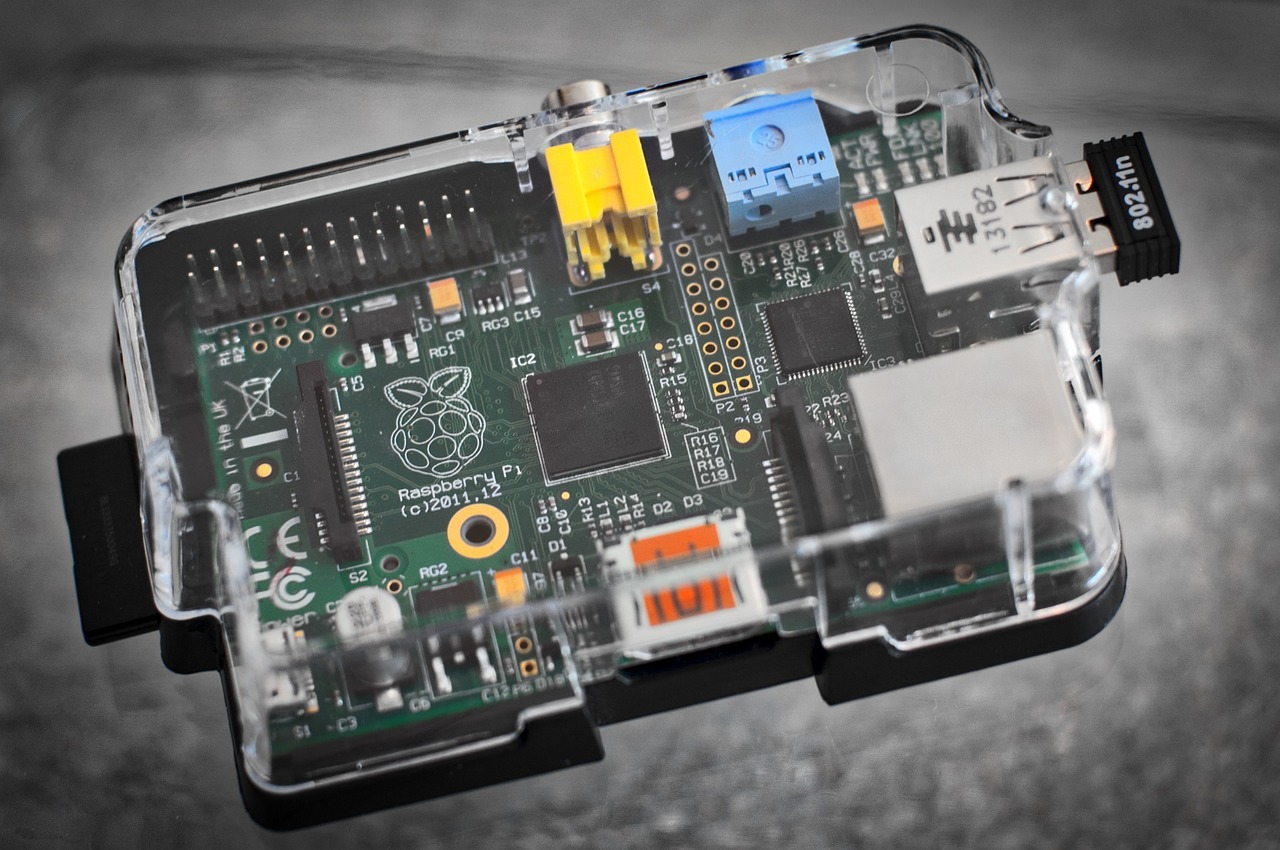






![Apple Watch Ultra 2 [GPS + Cellular 49mm] Smartwatch, Sport Watch with Rugged Black Titanium Case with Black Ocean Band. Fitness Tracker, Precision GPS, Action Button, Extra-Long Battery Life](https://m.media-amazon.com/images/I/71e3vuEW3wL._AC_SL520_.jpg)
![Apple Watch Series 9 [GPS 45mm] Smartwatch with Midnight Aluminium Case with Midnight Sport Loop. Fitness Tracker, Blood Oxygen & ECG Apps, Water-Resistant - One Size](https://m.media-amazon.com/images/I/813rdeLhrYL._AC_SL520_.jpg)
![Apple Watch Series 10 [GPS 42mm] Smartwatch with Silver Aluminium Case with Denim Sport Band. Fitness Tracker, ECG App, Always-On Retina Display, Water-Resistant](https://m.media-amazon.com/images/I/61IC5ao8CYL._AC_SL520_.jpg)








